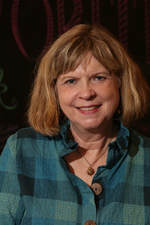 The Tomb of the Unknown Soldier in Washington D.C.’s Arlington National Cemetery is one of America’s sacred places. This marble monument is indeed a grave of a World War I soldier. It’s also a powerful symbol for Americans who fought or died in war. America chose its first unknown soldier after its victory over Germany in the Great War. It wasn’t called “World War I” until a second world war started twenty years later. The honor of making that choice went to an Army sergeant from Chicago named Edward Younger, who was stationed in France. The bodies of four unidentified soldiers were removed from their graves in four American military cemeteries near battlefields in France. Officials made sure they were American soldiers by inspecting their uniforms and checking their bodies for combat wounds. During a solemn ceremony, Sergeant Younger entered a private room where the four caskets sat side by side. He carried a bouquet of white roses. He walked around the caskets quietly and then placed the roses on one of them. The remains of that soldier were transferred to a new casket. It was sealed and draped with the American flag, so that the field of stars lay over the soldier’s head and heart. With great ceremony, the casket was honored in France and then escorted by the U.S. Navy across the Atlantic to Washington, D. C. The spray of white roses went along, as well. The Unknown Soldier lay in state in the Rotunda of the Capitol Building until November 11, 1921. That was the third anniversary of Armistice Day. “Armistice” means to lay down weapons and stop fighting. This is exactly what happened at the 11th hour of the 11th day of the 11th month in November, 1918. Today, we call our national holiday “Veteran’s Day.” Crowds gathered to watch as the Unknown Soldier’s casket was placed on a gun carriage and drawn by horses to nearby Arlington National Cemetery across the Potomac in Virginia. After a solemn burial service, many dignitaries paid their respects at the casket, including the U.S. president and the American Indian Chief Plenty Coups of the Crow Nation. The chief laid his war bonnet alongside the memorial wreaths. The casket was lowered into the tomb onto two inches of soil from France. Sergeant Younger’s spray of roses was buried with it. Later, a massive marble sarcophagus was placed on top. The words carved into the sarcophagus state simply: Here rests in honored glory an American soldier known but to God. 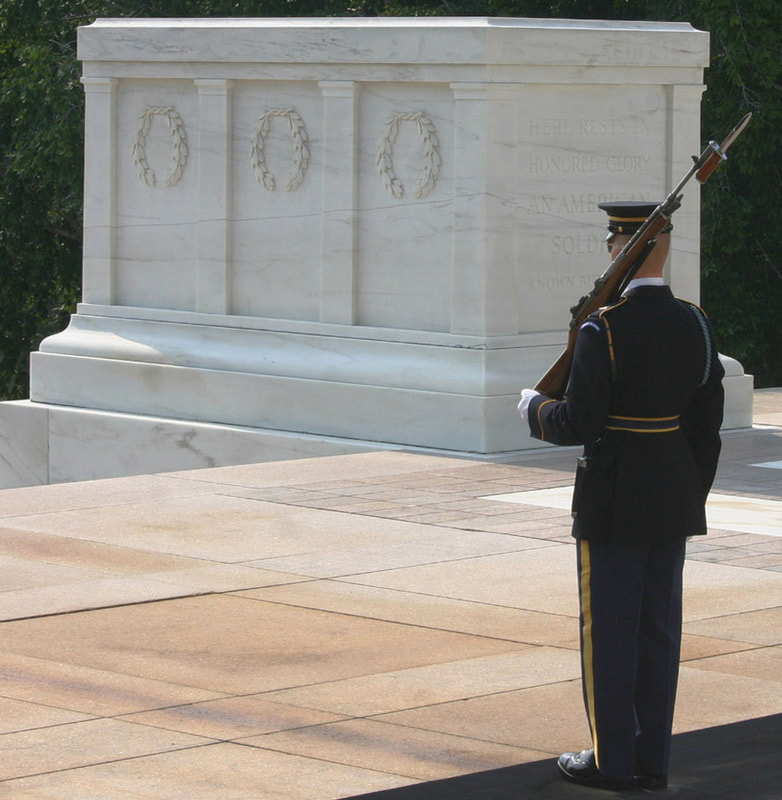 The Tomb of the Unknown Soldier as it appears today. The flat-faced white marble sarcophagus is relieved at the corners and along the sides by neo-classic pilasters, or columns, set into the surface. Sculpted into the east panel which faces Washington, D.C., are three Greek figures representing Peace, Victory, and Valor. The six wreaths, three sculpted on each side, represent the six major campaigns of World War I.. 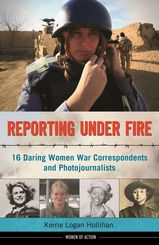 Throughout history, the wars of men have been off-limits to women; to break through these barriers, women had to fight with newspaper gatekeepers and the leaders of warring nations alike just to get the story. Kerrie Logan Hollihan's newest book, Reporting Under Fire, tells how women won the war for equality in the journalism world. To find out more about the book on Kerrie's website, click here. Kerrie Hollihan is a member of iNK's Authors on Call and is available for classroom programs through FieldTripZoom, a terrific technology that requires only a computer, wifi, and a webcam. Click here to find out more. MLA 8 Citation
Hollihan, Kerrie Logan. "America’s Unknown Soldier." Nonfiction Minute, iNK Think Tank, 1 June 2018, www.nonfictionminute.org/the-nonfiction-minute/ Americas-Unknown-Soldier.
0 Comments
Two weeks before Halloween in 1944, a small jet fighter plane was parked on an Ohio airfield. The plane was wearing a kind of costume. It had fake propellers attached to the front of its wings. Was this jet getting dressed up so it could zoom off trick-or-treating at airports around the country? Not exactly. Those fake propellers weren’t a Halloween prank. They were serious business, a disguise that the Army hoped would fool enemy spies. Jet planes don’t use propellers, the spinning blades that give other aircraft the power to fly. A jet’s power comes from jet engines attached to the under side of its wings. A jet engine sucks in air and spins the air very fast inside the engine. The air is then mixed with gas fuel in the engine and an electric spark sets the gas-air mixture on fire. This burning mixture blasts out of the back of the engine with so much force that the plane can move forward and zoom up and away. In 1944, World War II was still raging. For most of the war, military planes had been propeller planes, both for the United States and Britain, as well as for their enemies, Nazi Germany and Japan. Jet engines had only been invented a few years before the war began but weren’t used in military planes until early 1944, when Germany became the first country to use a jet fighter in battle. The U.S. had built a jet plane—the XP-59A—but it was still being tested. In the fall of 1944, a version of this new jet, called the YP-59A, was shipped for testing to Wright Field, an Army aviation test center in Dayton, Ohio. To keep spies from finding out about the plane, it not only had fake propellers but also an armed soldier standing guard. On October 14, 1944, test pilots took turns test-flying this jet at Wright Field, after the fake propellers were removed! They noted problems, so none of these U.S. jets were ever used in the war. But although the plane never made history winning any battles, one of the pilots testing it did make history that October day: 26-year-old Ann Baumgartner Carl. That day she became the first American woman to pilot a jet aircraft. She was one of the WASP pilots--Women Airforce Service Pilots—the first women’s unit to fly for the U.S military.
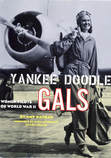 If you are interested in finding out more about the WASPS, Amy Nathan has written a book on the subject. Click here for more information. MLA 8 Citation Nathan, Amy. "When a Jet Wore a Costume." Nonfiction Minute, iNK Think Tank, 28 Sept. 2017, www.nonfictionminute.org/the-nonfiction-minute/when-a-jet-wore-a-costume. 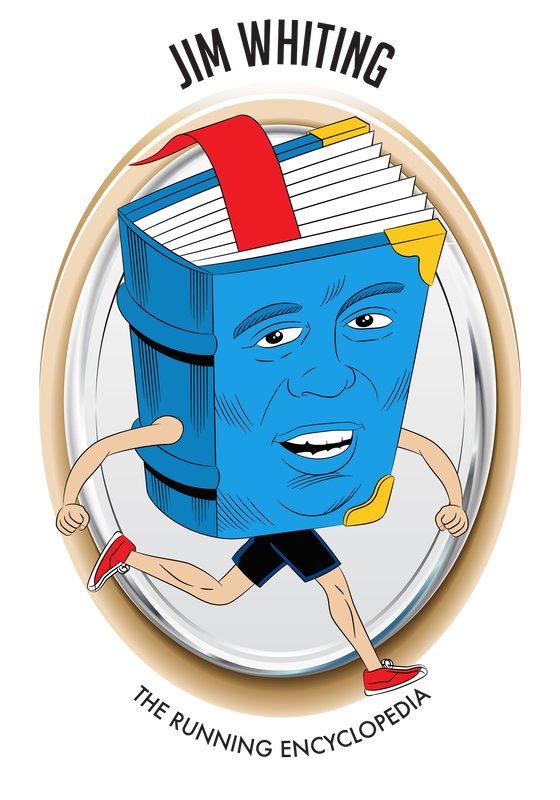 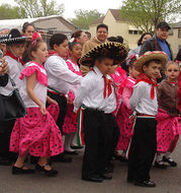 A Cinco de Mayo celebration in ST. Paul, Minnesota. "Cinco26" by Rena Dehler-Rena Dehler. Licensed under CC by SA 3.0 via Wikimedia Commons. A Cinco de Mayo celebration in ST. Paul, Minnesota. "Cinco26" by Rena Dehler-Rena Dehler. Licensed under CC by SA 3.0 via Wikimedia Commons. While Cinco de Mayo is not officially a holiday, many U.S. communities celebrate Mexican culture and heritage on May 5 with parades, mariachi music, street festivals, and much more. Most celebrants, though, would probably not be able to tell you what really happened on that date. After thrusting off centuries of Spanish rule in 1821, Mexico endured several decades of economic and political instability. In 1861, Mexican president Benito Juárez suspended payment of his country’s debts to France, Spain, and Great Britain. The three countries immediately sent warships to Mexico. Juárez negotiated with Spain and Britain and their ships went home. But French emperor Napoleon III saw an opportunity to expand his country’s colonial empire and landed troops at Veracruz. They planned on capturing Mexico City, the capital. The French army at that time was generally regarded as the world’s finest and anticipated little difficulty in reaching its objective. With the Civil War having just begun, the US government couldn’t divert resources to Mexico. The first target of the invaders was the small town of Puebla de Los Angeles. More than six thousand French troops, supported by cannons, assaulted a ragtag army of inexperienced, ill-equipped Mexican defenders about half that size on May 5, 1862. Somehow the Mexicans overcame their disadvantages and defeated the French. The following year Napoleon dispatched more than 30,000 soldiers to Mexico. They seized control and installed Austrian archduke Ferdinand Maximilian as emperor of Mexico. When the Civil War ended in 1865, the US leaned on France to leave Mexico. The final French troops departed two years later. Mexican forces seized Maximilian and executed him. Today Cinco de Mayo barely causes a ripple in Mexico outside of the province of Puebla. It is not a national holiday so nearly everyone goes to work as usual. It’s a much bigger deal in the United States, which may be fitting. Some historians believe that if the French had not been defeated at Puebla de Los Angeles and seized Mexico City, Napoleon would have made an alliance with the Confederate States. The Civil War was not going well for the Union at that time and French assistance could well have swung the conflict in the South’s favor. The result would have been two separate nations. 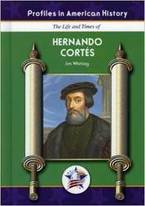 Jim Whiting has written a biography of the Spanish explorer Hernando Cortés. To some people, he was heroic. Even though he was greatly outnumbered, he was able to defeat the Aztec Emperor Montezuma and conquer the Aztec empire centered in modern-day Mexico. To others, including many Mexicans, he was a villain because he destroyed the Aztecs way of life. They believed he was a cruel man. He was also a symbol of Spanish domination. For more information, click here. Whiting, Jim. "Cinco de Mayo." Nonfiction Minute, iNK Think Tank, 4 May 2018,
www.nonfictionminute.org/the-nonfiction-minute/Cinco-de-Mayo. Incoming shell! Whenever ten-year-old Lucy McRae heard that distinctive sound, she froze, allowing the explosive to fly on over her. Then she hurried into the safety of the family’s cave. It was 1863 and Vicksburg, Mississippi, was being bombarded by Union artillery. It was located strategically on the Mississippi River. All along the waterfront, Confederate cannon prevented Union ships from taking control of the river and using it to invade the South. President Lincoln said that for the North to win the war, those cannons must be silenced. He selected General Ulysses Grant to force Vicksburg to surrender. Grant’s army sieged the city of 5,000, cutting off food supplies and fresh water. Then he rained shells day and night on the Confederate troops defending Vicksburg and on its terrified civilians. But townspeople had no intention of giving up. Most of their men were off fighting, but those remaining were stalwart: there would be no surrender. Instead, they dug more than 500 caves into the sides of Vicksburg’s many hills, where they took refuge. Everyone lived side by side, rich and poor, masters and slaves. Cooking tents were set up outside the entrances, and during lulls in shelling, residents hastily prepared whatever food they had. Lucy always stayed outside until the moment shelling started again. The caves were hot, dark, dank, and crowded, and were home to spiders, scorpions, lizards, mosquitoes, and snakes. “It was living like tree roots,” one woman said. People brought in rugs, bedding, books and favorite artwork to make their surroundings more tolerable. Sometimes there were close calls when a shell hit a cave. Once Lucy was buried under a mound of sliding dirt for several minutes. When her frantic mother pulled her out, she gasped for air, her mouth and nose full of dirt. Although the town was severely damaged by the shelling, because of the caves only a dozen people died in the forty-seven-day siege. Townspeople wanted to hold out, but daily rations of water and food were almost gone, forcing the city’ surrender on July 4, 1863. The South’s loss of Vicksburg helped the North win the war. But the bravery of townspeople like Lucy, who held fast in the face of overwhelming odds, was never in dispute.
Howard Pyle painting of terrorized people spotting a rocket shell. Photo of a cave entrance after the siege., Note the unexploded shells.  If you’d like to know more about the Siege of Vicksburg, Andrea Warren tells the whole story of Lucy and other children caught up in that dramatic event in her award-winning book Under Siege! Three Children at the Civil War Battle for Vicksburg. For more on her books, visit her website at AndreaWarren.com. Andrea Warren is a member of Authors on Call. Here's a link to her interactive video conference: What Children Experienced in the Civil War: Three Young People at the Siege of Vicksburg. (Note to teachers: you may have to register at CILC to reach this website. It's free and it's a GREAT resource). MLA 8 Citation
Warren, Andrea. "Living in Caves to Survive the Siege of Vicksburg." Nonfiction Minute, iNK Think Tank, 3 Jan. 2018, www.nonfictionminute.org/Living-in-Caves-to-Survive-the-Siege-of-Vicksburg. 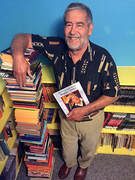 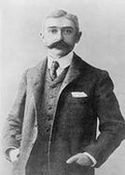 Baron Pierre de Coubertin Baron Pierre de Coubertin French aristocrat Baron Pierre de Coubertin (1863–1937) was a scholar of ancient Greece. With the sting of France’s defeat in the Franco-Prussian War in 1871 in his mind, he believed that strong young men were better able to fight wars. He especially admired the English school system, in which academic learning and physical fitness worked side by side. His studies convinced him that this harmony of mind and body originated in the gymnasia of ancient Greece. This harmony reached its highest level in the Olympics, which originated in the Greek village of Olympia in 776 BCE. They continued every four years until being suppressed in 393 CE as a pagan ritual. The Games began with a single event—a sprint of about 200 yards—and eventually encompassed a wide variety of sports. The Games were so prestigious among the Greeks that winners were set up for the rest of their lives. To reintroduce this sporting ideal into the modern world, de Coubertin proposed reviving the Olympics. Olympia was too small and too remote to serve as the site, so de Coubertin and his associates chose Athens, the Greek capital and largest city, instead. Two hundred forty one athletes from 14 nations descended on Athens in April 1896 to compete in nine sports: track and field, cycling, fencing, gymnastics, shooting, swimming, tennis, weightlifting, and wrestling. Only track and wrestling had been part of the ancient Olympics. Another event not in the original Games was the marathon run. Organizers wanted a signature event to recall the glory of ancient Greece. In 490 BCE, a messenger supposedly ran from the plain of Marathon to Athens to announce a stunning victory over a much larger invading Persian army. So the route of the first-ever “marathon race” was about 22 miles, from the battlefield to the Olympic Stadium. The winner, Spiridon Loues, had done no formal training. His occupation of water carrier in the hills overlooking Athens gave him considerable stamina and he became an instant national hero. A prominent Greek industrialist reportedly offered his daughter in marriage. Loues was already engaged. He settled for a horse and cart for his business instead. Today the Olympics are regarded as the premier sporting event in the world. In the 2012 Olympics in London, England, 10,768 athletes from 204 nations competed in 26 sports. Nearly 4,800 were women—something that never happened in the original Olympics. All the entrants then were men. 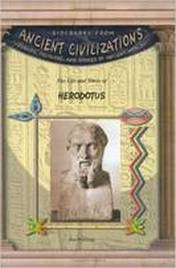 Jim Whiting has written a book on the ancient Greek writer Herodotus, who is known as the father of history. Herodotus provides most of what is known about one of the most important periods in world history. It began in 490 BCE. An invading Persian army was defeated at the Battle of Marathon. It concluded just over ten years later with Greek victories at Salamis and Plataea. The triumph allowed the Greeks to develop ideas and institutions in politics, economics, science, and even sports. These are the bases for how the Western world thinks and acts today. For more information, click here. MLA 8 Citation
Whiting, Jim. "Reviving the Olympics." Nonfiction Minute, iNK Think Tank, 20 Feb. 2018, www.nonfictionminute.org/the-nonfiction-minute/ reviving-the-olympics. |
*NEWS
|
For Vicki Cobb's BLOG (nonfiction book reviews, info on education, more), click here: Vicki's Blog
The NCSS-CBC Notable Social Studies Committee is pleased to inform you
that 30 People Who Changed the World has been selected for Notable Social Studies Trade Books for Young People 2018, a cooperative project of the National Council for the Social Studies (NCSS) & the Children’s Book Council
Categories
All
Abolitionists
Adams Janus
Adaptation
Adaptations
Adkins Jan
Advertising
Aerodynamics
Africa
African American History
African Americans
Africa West
Agriculture
Aircraft
Air Pilots
Air Pressure
Air Travel
Albee Sarah
Alchemy
Alligators
Allusion
American History
American Icons
Amphibians
Amundsen Roald
Anatomy
Ancient
Ancient Cultures
Anderson Marian 1897-1993
Animal Behavior
Animal Experimentation
Animal Intelligence
Animals
Animation
Antarctica
Ants
Apache Indians
Apes
April Fool's Day
Architecture
Argument
Arithmetic
Art
Art Deco
Artists
Arts
Asia
Astronauts
Astronomy
Athletes
Atomic Theory
Audubon Societies
Authors
Autobiography
Automobiles
Aviation
Awards
Bacteria
Baseball
Battuta Ibn
Bears
Beatles
Beavers
Bees
Biodegradation
Biography
Biology
Biomes
Biomimicry
Biplanes
Birds
Black Death
Black History
Blindness
Blizzards
Bombs
Bonaparte Napoleon
Boone Daniel
Botany
Brazil
Bridges
Brill Marlene Targ
Brooklyn Bridge
Brown John
Buffaloes
Building Materials
Butterflies
Caesar
Caesar Julius
Caissons
Calculus
Calendars
Cannibal
Capitals
Caravaggio
Carbon Dioxide
Carnivores
Carson Mary Kay
Cartoons & Comics
Carving (Decorative Arts)
Cascade Range
Castaldo Nancy
Castles
Castrovilla Selene
Cathedrals
Cats
Caves
Celts
Cemeteries
Chemistry
Children's Authors
Child Welfare
China
Choctaw Indians
Christmas
Chronometers
Cicadas
Cinco De Mayo
Ciphers
Circle
Citizenship
Civil Rights
Civil Rights Movements
Civil War
Civil War - US
Climate
Climate Change
Clocks And Watches
Clouds
Cobb Vicki
COBOL (Computer Language)
Code And Cipher Stories
Collard III Sneed B.
Collectors And Collecting
Color
Commerce
Communication
Competition
Compilers
Composers
Computers
Congressional Gold Medal
Consitution
Contests
Contraltos
Coolidge Calvin
Cooling
Corms
Corn
Counterfeiters
Covid-19
Crocodiles
Cryptography
Culture
Darwin Charles
Declaration Of Independence
Decomposition
Decompression Sickness
Deep-sea Animals
Deer
De Medici Catherine
Design
Detectives
Dickens Charles
Disasters
Discrimination
Diseases
Disney Walt
DNA
Dogs
Dollar
Dolphins
Douglass Frederick 1818-1895
Droughts
Dr. Suess
Dunphy Madeleine
Ear
Earth
Earthquakes
Ecology
Economics
Ecosystem
Edison Thomas A
Education
Egypt
Eiffel-gustave-18321923
Eiffel-tower
Einstein-albert
Elephants
Elk
Emancipationproclamation
Endangered Species
Endangered-species
Energy
Engineering
England
Englishlanguage-arts
Entomology
Environmental-protection
Environmental-science
Equinox
Erie-canal
Etymology
Europe
European-history
Evolution
Experiments
Explorers
Explosions
Exports
Extinction
Extinction-biology
Eye
Fairs
Fawkes-guy
Federalgovernment
Film
Fires
Fishes
Flight
Floods
Flowers
Flute
Food
Food-chains
Foodpreservation
Foodsupply
Food-supply
Football
Forceandenergy
Force-and-energy
Forensicscienceandmedicine
Forensic Science And Medicine
Fossils
Foundlings
France
Francoprussian-war
Freedom
Freedomofspeech
French-revolution
Friction
Frogs
Frontier
Frontier-and-pioneer-life
Frozenfoods
Fugitiveslaves
Fultonrobert
Galapagos-islands
Galleys
Gametheory
Gaudi-antoni-18521926
Gender
Generals
Genes
Genetics
Geography
Geology
Geometry
Geysers
Ghosts
Giraffe
Glaciers
Glaucoma
Gliders-aeronautics
Global-warming
Gods-goddesses
Gold-mines-and-mining
Government
Grant-ulysses-s
Grasshoppers
Gravity
Great-britain
Great-depression
Greece
Greek-letters
Greenberg Jan
Hair
Halloween
Handel-george-frederic
Harness Cheryl
Harrison-john-16931776
Health-wellness
Hearing
Hearing-aids
Hearst-william-randolph
Henry-iv-king-of-england
Herbivores
Hip Hop
History
History-19th-century
History-france
History-world
Hitler-adolph
Hoaxes
Holidays
Hollihan Kerrie Logan
Homestead-law
Hopper-grace
Horses
Hot Air Balloons
Hot-air-balloons
Housing
Huguenots
Human Body
Hurricanes
Ice
Icebergs
Illustration
Imagery
Imhotep
Imperialism
Indian-code-talkers
Indonesia
Industrialization
Industrial-revolution
Inquisition
Insects
Insulation
Intelligence
Interstatecommerce
Interviewing
Inventions
Inventors
Irrational-numbers
Irrigation
Islands
Jacksonandrew
Jazz
Jeffersonthomas
Jefferson-thomas
Jemisonmae
Jenkins-steve
Jet-stream
Johnsonlyndonb
Jokes
Journalism
Keeling-charles-d
Kennedyjohnf
Kenya
Kidnapping
Kingmartinlutherjr19291968
Kingmartinlutherjr19291968d6528702d6
Kings-and-rulers
Kings Queens
Kings-queens
Koala
Labor
Labor Policy
Lafayette Marie Joseph Paul Yves Roch Gilbert Du Motier Marquis De 17571834
Landscapes
Languages-and-culture
Law-enforcement
Layfayette
Levers
Levinson Cynthia
Lewis And Clark Expedition (1804-1806)
Lewis Edmonia
Liberty
Lift (Aerodynamics)
Light
Lindbergh Charles
Liszt Franz
Literary Devices
Literature
Lizards
Longitude
Louis XIV King Of France
Lumber
Lunar Calendar
Lynching
Macaws
Madison-dolley
Madison-james
Madison-james
Mammals
Maneta-norman
Maneta-norman
Marathon-greece
Marine-biology
Marine-biology
Marines
Marsupials
Martial-arts
Marx-trish
Mass
Massachusetts-maritime-academy
Mass-media
Mastodons
Mathematics
May-day
Mcclafferty-carla-killough
Mcclafferty-carla-killough
Mckinley-william
Measurement
Mechanics
Media-literacy
Media-literacy
Medicine
Memoir
Memorial-day
Metaphor
Meteorology
Mexico
Mickey-mouse
Microscopy
Middle-west
Migration
Military
Miners
Mississippi
Molasses
Monarchy
Monsters
Montgomery
Montgomery-bus-boycott-19551956
Montgomery-heather-l
Monuments
Moon
Moran-thomas
Morsecode
Morsesamuel
Moss-marissa
Moss-marissa
Motion
Motion-pictures
Mummies
Munro-roxie
Munro-roxie
Musclestrength
Museums
Music
Muslims
Mythologygreek
Nanofibers
Nanotechnology
Nathan-amy
Nathan-amy
Nationalfootballleague
Nationalparksandreserves
Nativeamericans
Native-americans
Native-americans
Naturalhistory
Naturalists
Nature
Nauticalcharts
Nauticalinstruments
Navajoindians
Navigation
Navy
Ncaafootball
Nervoussystem
Newdeal19331939
Newman-aline
Newman-aline
Newton-isaac
New-york-city
Nobelprizewinners
Nomads
Nonfictionnarrative
Nutrition
Nylon
Nymphs-insects
Oaths Of Office
Occupations
Ocean
Ocean-liners
Olympics
Omnivores
Optics
Origami
Origin
Orphans
Ottomanempire
Painters
Painting
Paleontology
Pandemic
Paper-airplanes
Parksrosa19132005
Parrots
Passiveresistance
Patent Dorothy Hinshaw
Peerreview
Penguins
Persistence
Personalnarrative
Personification
Pets
Photography
Physics
Pi
Pigeons
Pilots
Pinkertonallan
Pirates
Plague
Plains
Plainsindians
Planets
Plantbreeding
Plants
Plastics
Poaching
Poetry
Poisons
Poland
Police
Political-parties
Pollen
Pollution
Polo-marco
Populism
Portraits
Predation
Predators
Presidentialmedaloffreedom
Presidents
Prey
Prey-predators
Prey-predators
Prime-meridian
Pringle Laurence
Prohibition
Proteins
Protestandsocialmovements
Protestants
Protestsongs
Punishment
Pyramids
Questioning
Radio
Railroad
Rainforests
Rappaport-doreen
Ratio
Reading
Realism
Recipes
Recycling
Refrigerators
Reich-susanna
Religion
Renaissance
Reproduction
Reptiles
Reservoirs
Rheumatoidarthritis
Rhythm-and-blues-music
Rice
Rivers
Roaringtwenties
Roosevelteleanor
Rooseveltfranklind
Roosevelt-franklin-d
Roosevelt-theodore
Running
Russia
Safety
Sanitation
Schwartz David M
Science
Scientificmethod
Scientists
Scottrobert
Sculpture
Sculpturegardens
Sea-level
Seals
Seals-animals
Secretariesofstate
Secretservice
Seeds
Segregation
Segregationineducation
Sensessensation
September11terroristattacks2001
Seuss
Sextant
Shackletonernest
Shawneeindians
Ships
Shortstories
Silkworms
Simple-machines
Singers
Siy Alexandra
Slavery
Smuggling
Snakes
Socialchange
Social-change
Socialjustice
Social-justice
Socialstudies
Social-studies
Social-studies
Sodhouses
Solarsystem
Sound
Southeast-asia
Soybean
Space Travelers
Spain
Speech
Speed
Spiders
Spies
Spiritualssongs
Sports
Sports-history
Sports-science
Spring
Squirrels
Statue-of-liberty
STEM
Storms
Strategy
Sugar
Sumatra
Summer
Superbowl
Surgery
Survival
Swanson-jennifer
Swinburne Stephen R.
Synthetic-drugs
Taiwan
Tardigrada
Tasmania
Tasmanian Devil
Tasmanian-devil
Technology
Tecumsehshawneechief
Telegraph-wireless
Temperature
Tennis
Terrorism
Thomas Peggy
Thompson Laurie Ann
Time
Titanic
Tombs
Tortoises
Towle Sarah
Transcontinental-flights
Transportation
Travel
Trees
Trung Sisters Rebellion
Tundra
Turnips
Turtles
Typhoons
Underground Railroad
Us-environmental-protection-agency
Us History
Us-history
Ushistoryrevolution
Us History Revolution
Us-history-war-of-1812
Us Presidents
Ussupremecourtlandmarkcases
Vacations
Vaccines
Vangoghvincent
Vegetables
Venom
Vietnam
Viruses
Visual-literacy
Volcanoes
Voting-rghts
War
Warne-kate
Warren Andrea
Washington-dc
Washington George
Water
Water-currents
Wax-figures
Weapons
Weather
Weatherford Carole Boston
Whiting Jim
Wildfires
Winds
Windsor-castle
Wolves
Woman In History
Women
Women Airforce Service Pilots
Women-airforce-service-pilots
Womeninhistory
Women In History
Women-in-science
Women's History
Womens-roles-through-history
Wonder
Woodson-carter-godwin-18751950
World-war-i
World War Ii
World-war-ii
Wright Brothers
Writing
Writing-skills
Wwi
Xrays
Yellowstone-national-park
Zaunders Bo
ArchivesMarch 2021
February 2021
January 2021
December 2020
November 2020
October 2020
September 2020
June 2020
May 2020
April 2020
March 2020
February 2020
January 2020
December 2019
October 2019
September 2019
August 2019
July 2019
May 2019
April 2019
March 2019
February 2019
January 2019
December 2018
November 2018
September 2018
June 2018
May 2018
April 2018
March 2018
February 2018
January 2018
December 2017
November 2017
October 2017
September 2017
March 2017
The NONFICTION MINUTE, Authors on Call, and. the iNK Books & Media Store are divisions of iNK THINK TANK INC.
a 501 (c) (3) nonprofit corporation. To return to the iNK Think Tank landing page click the icon or the link below. :
http://inkthinktank.org/
For more information or support, contact thoughts@inkthinktank.org
For Privacy Policy, go to
Privacy Policy
© COPYRIGHT the Nonfiction Minute 2020.
ALL RIGHTS RESERVED.
This site uses cookies to personalize your experience, analyze site usage, and offer tailored promotions. www.youronlinechoices.eu
Remind me later
Archives
March 2023
February 2023
January 2023
December 2022
November 2022
October 2022
September 2022
June 2022
May 2022
April 2022
March 2022
February 2022
January 2022
December 2021
November 2021
September 2021
April 2021
March 2021
February 2021
November 2020
October 2020
September 2020
June 2020
May 2020
April 2020
March 2020
February 2020
January 2020
October 2019
August 2019
July 2019
May 2019
April 2019
December 2018
September 2018
June 2018
May 2018
March 2018
February 2018
January 2018
December 2017
November 2017
October 2017
September 2017


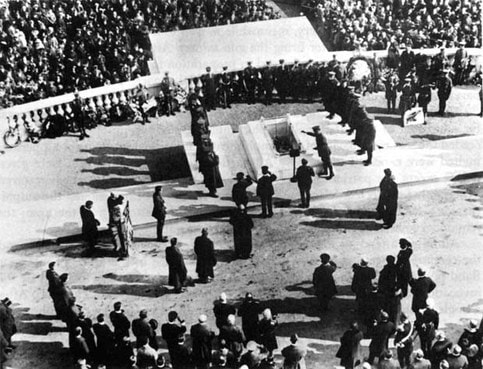



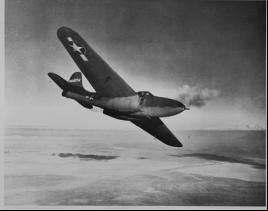
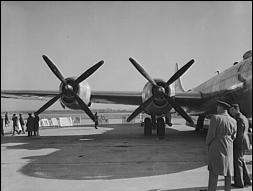


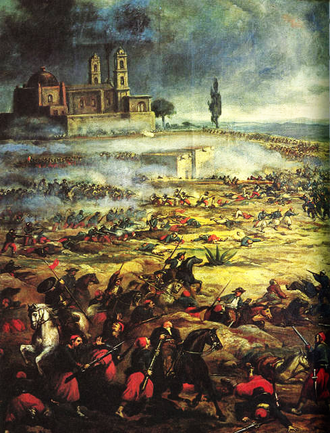
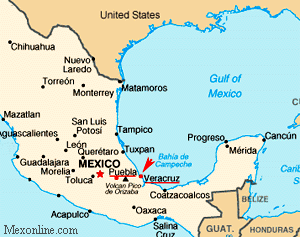
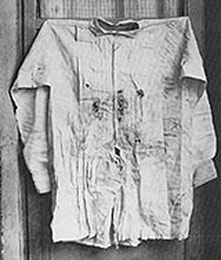



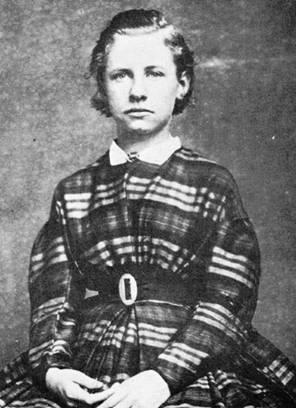
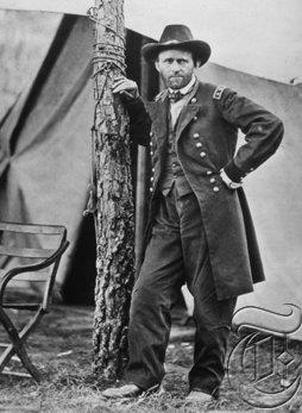
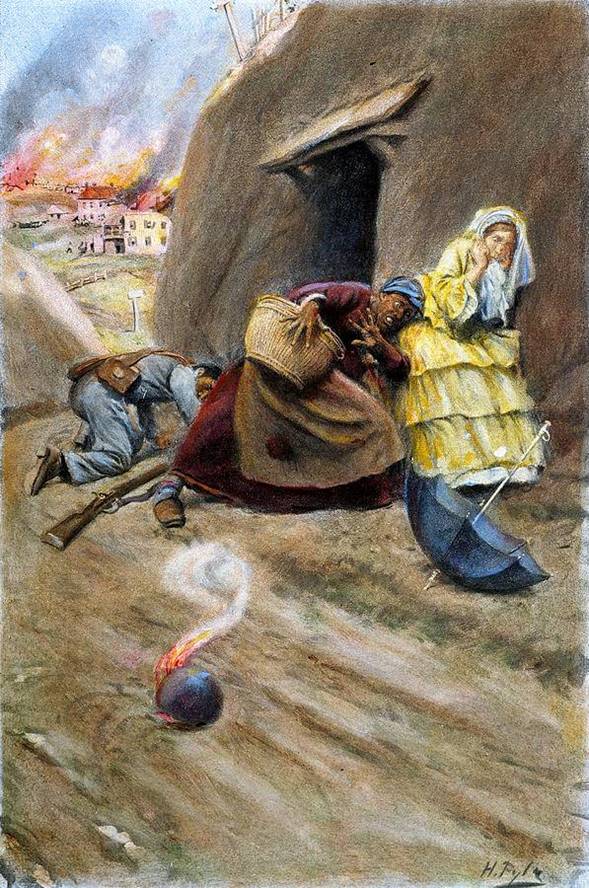
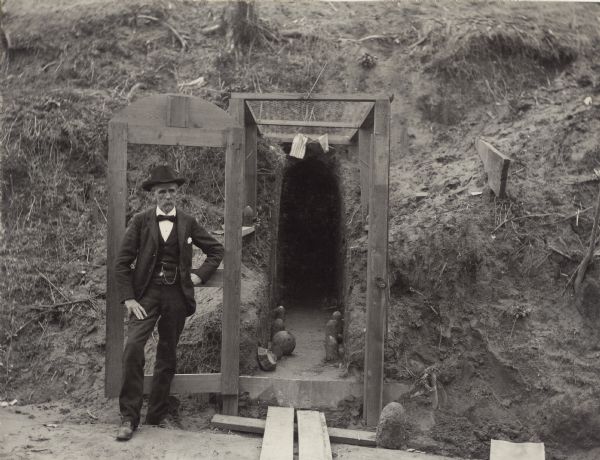


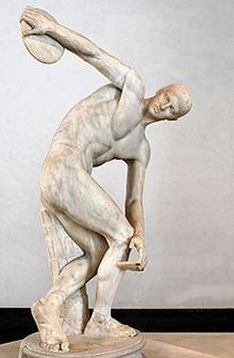
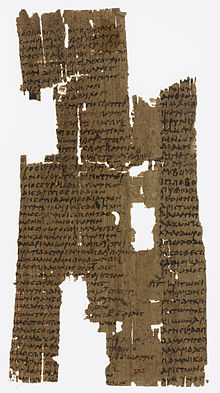
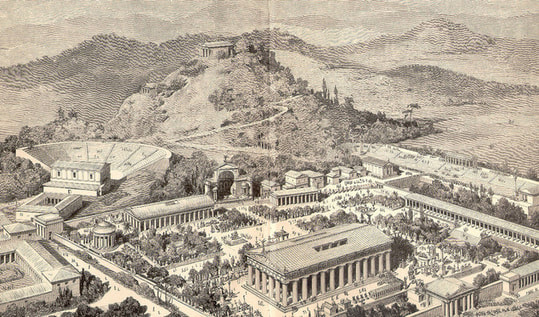
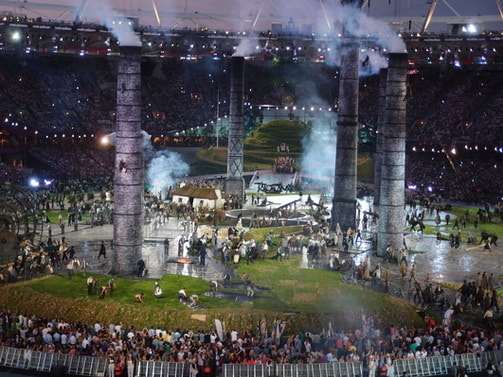

 RSS Feed
RSS Feed
